
3 minutes read
This is the location of your php.ini
Table of contents
What is php.ini and why does it matter?
The php.ini file is a PHP configuration file used to control your PHP environment’s behavior. You might tweak it to increase memory limits, adjust error reporting, or handle file uploads. Official PHP docs cover all directives in depth.
Locate php.ini using phpinfo()
The fastest method PHP developers usually discover first is through phpinfo():
- Create a new PHP file, index.php, and add:
- Open the file in your web browser.
Look under “Loaded Configuration File” for the exact location.

Locate php.ini using the command line
For command-line enthusiasts, PHP provides simple commands:
- Open your terminal and run:
php –ini
The terminal output clearly shows the active php.ini path.

Alternatively, use:
php -i | grep “Loaded Configuration File”
Common php.ini locations (by OS)
| Operating System | Typical php.ini Location |
|---|---|
| Ubuntu/Debian (CLI) | /etc/php/<version>/cli/php.ini |
| Ubuntu/Debian (Apache) | /etc/php/<version>/apache2/php.ini |
| CentOS/Fedora | /etc/php.ini or /etc/php/<version>/php.ini |
| macOS (Homebrew) | /opt/homebrew/etc/php/<version>/php.ini |
| Windows (XAMPP/WAMP) | C:\xampp\php\php.ini or C:\wamp64\bin\php\php<version>\php.ini |
How to safely edit php.ini
- Open the file in a text editor with admin privileges.
- Make your changes (e.g., adjust
memory_limit = 256M). - Save the file and restart your PHP service:
Apache:
sudo systemctl restart apache2
PHP-FPM:
sudo systemctl restart php
Troubleshooting FAQ
Changes to php.ini not taking effect?
- Ensure you’re editing the correct file (verify via
php --ini). - Restart your PHP/Apache server.
Multiple php.ini files found?
- PHP CLI and Web Server (Apache/Nginx) typically use separate php.ini files.
- Check via
phpinfo()in your browser vs.php --iniin your terminal.
Common php.ini directives cheat-sheet
| Directive | Default | Purpose |
|---|---|---|
| memory_limit | 128M | Max memory per script |
| upload_max_filesize | 2M | Max upload file size |
| post_max_size | 8M | Max POST data size |
| max_execution_time | 30 | Max execution time (seconds) |
| error_reporting | E_ALL | Error reporting level |
Conclusion
Now you know exactly how and where to find your php.ini file, tweak it safely, and troubleshoot common issues. Bookmark this guide for quick reference anytime you need it.
Did you like this article? Then, keep learning:
- Get insight on PHP 8.4 new features, useful after mastering php.ini with PHP 8.3
- Learn how to check which PHP version you are running, complementing php.ini location
- Explore Laravel Valet to create an ideal PHP environment on Mac with configuration insights
- Discover the latest PHP 8.3 features including configuration changes relevant to php.ini
- Understand the basics of PHP exceptions and error handling for improved control over errors
- Explore methods to debug PHP including printing arrays and inspecting configuration
- Learn how to effortlessly redirect pages in PHP, related to server configuration concepts
- Unlock practical tips for revealing all PHP errors to debug using php.ini settings
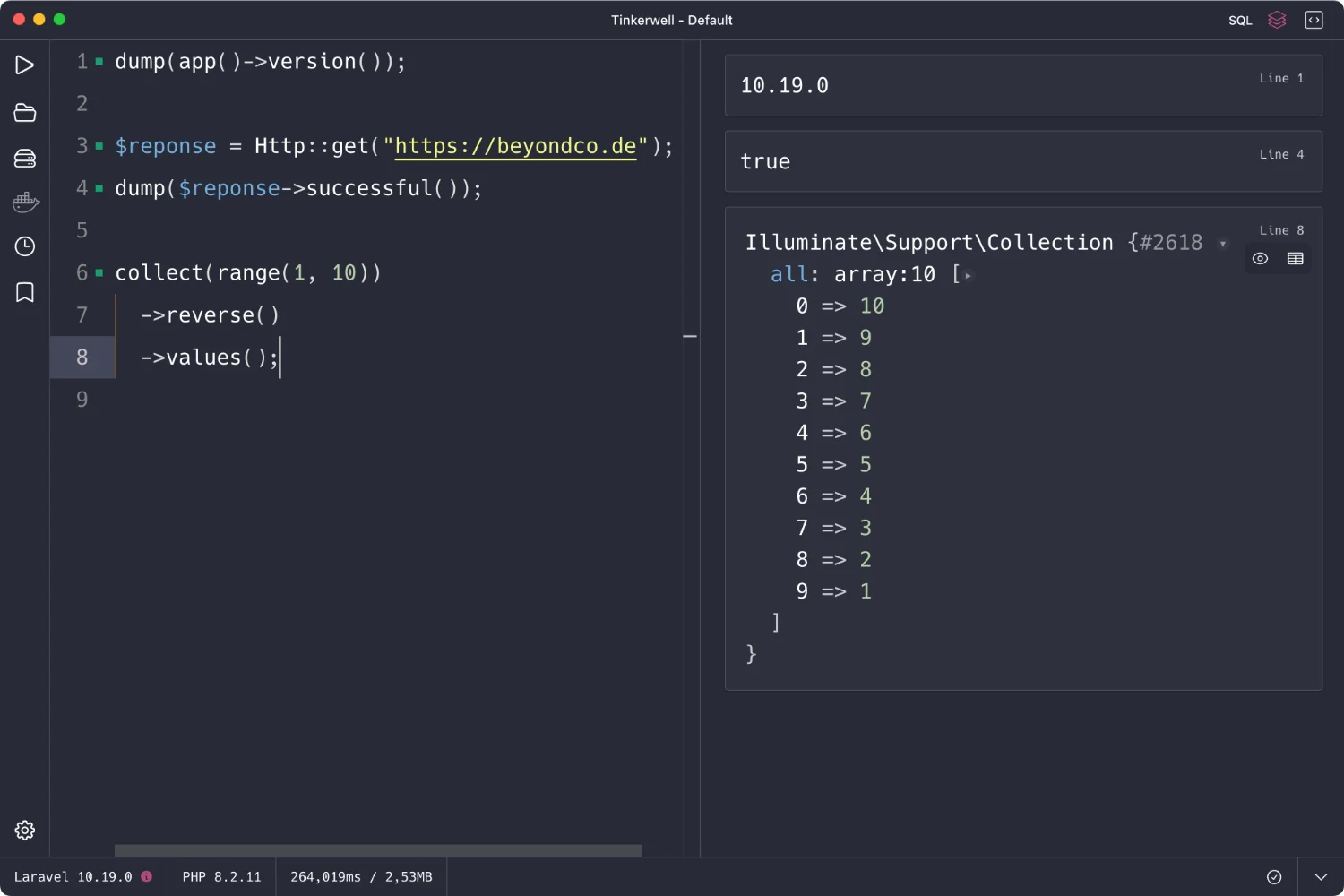
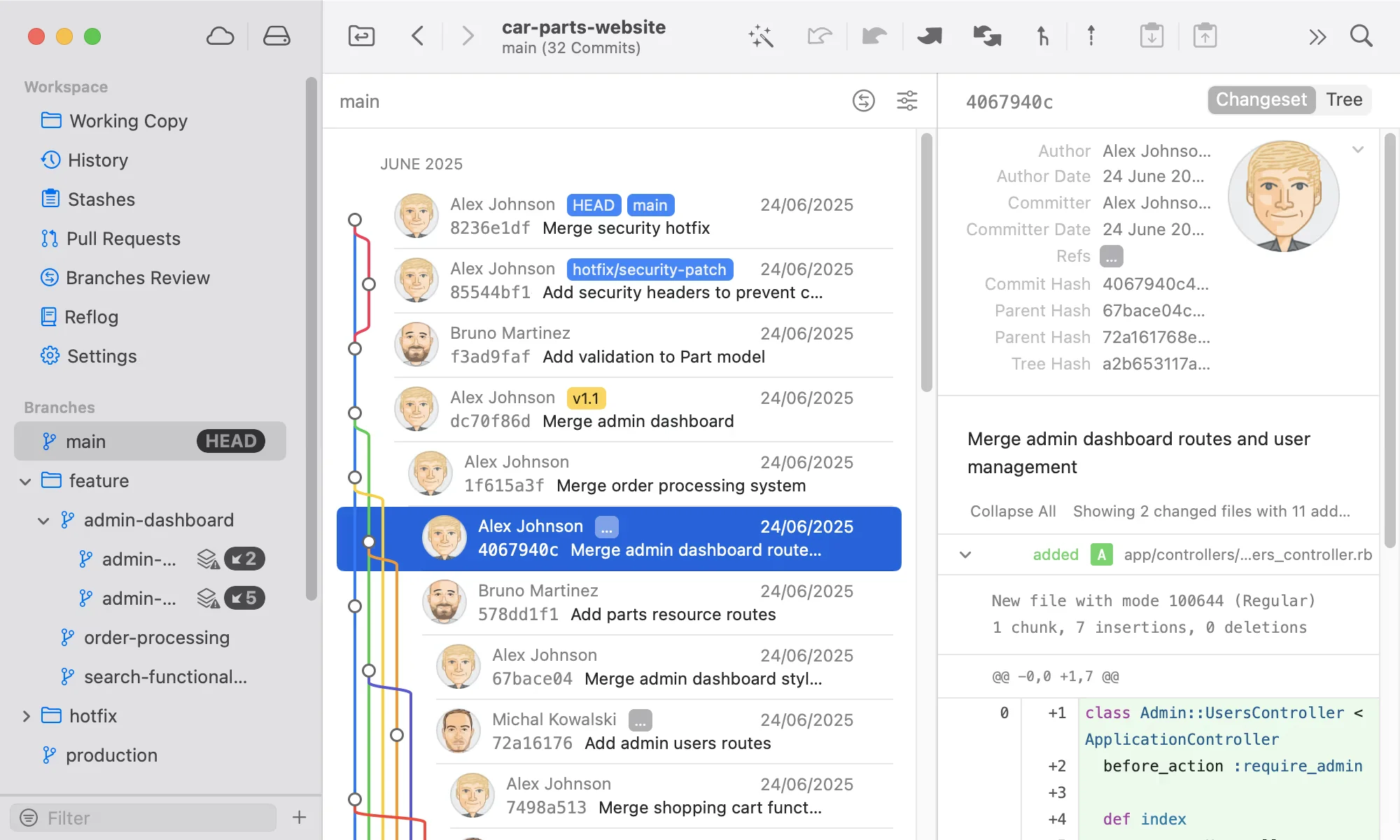
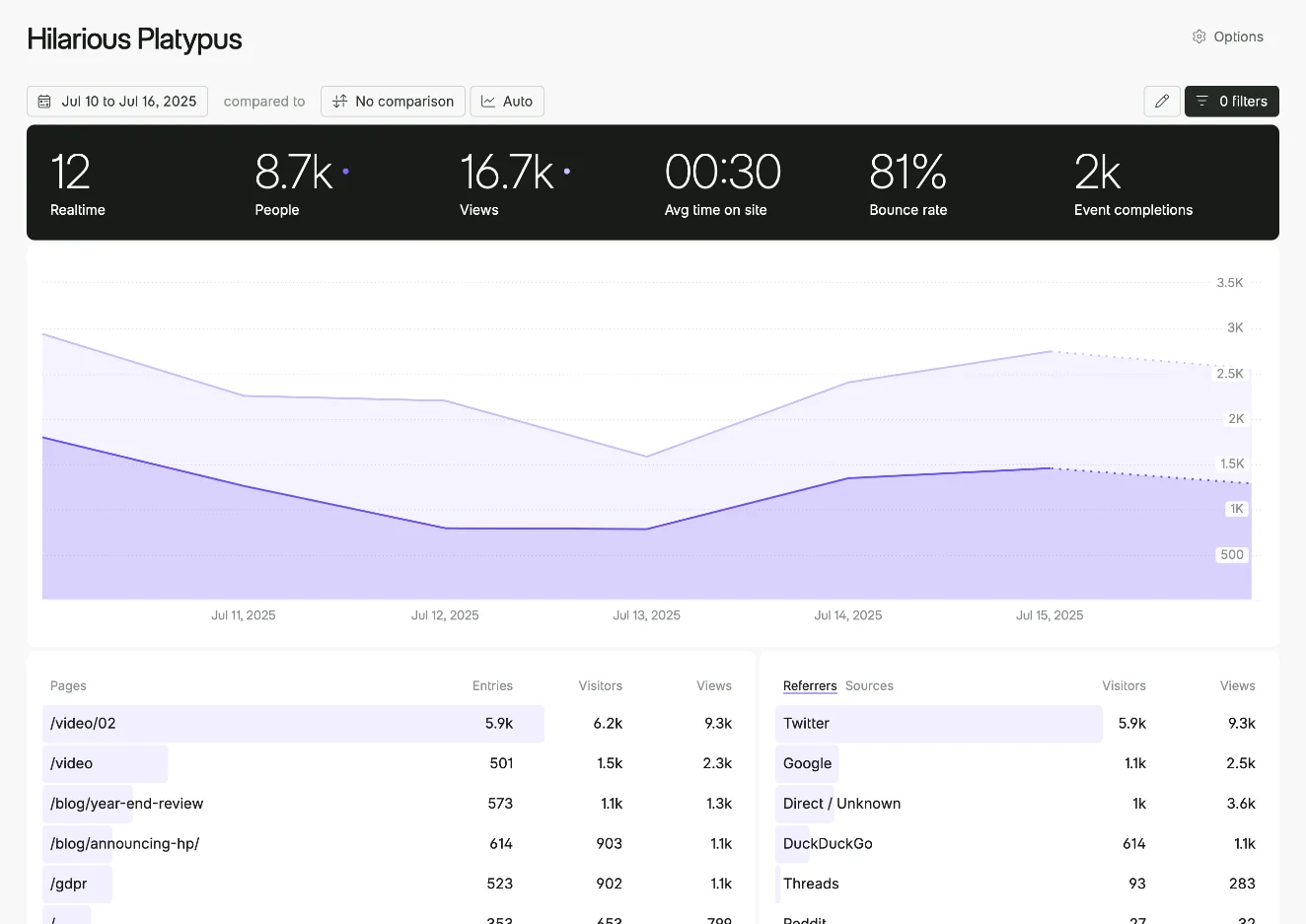
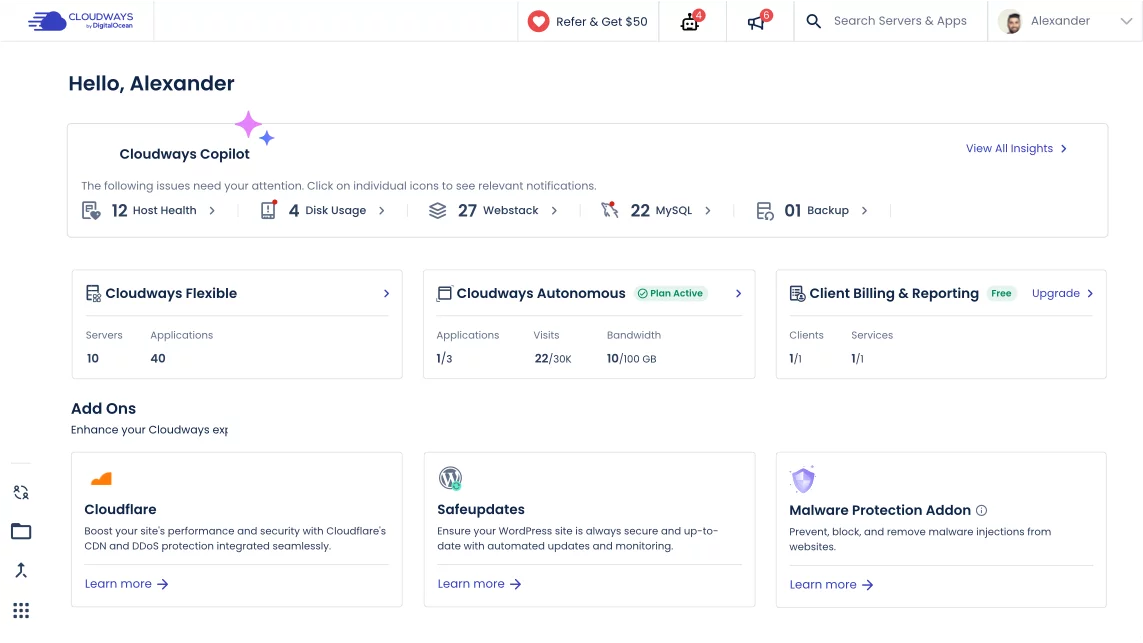

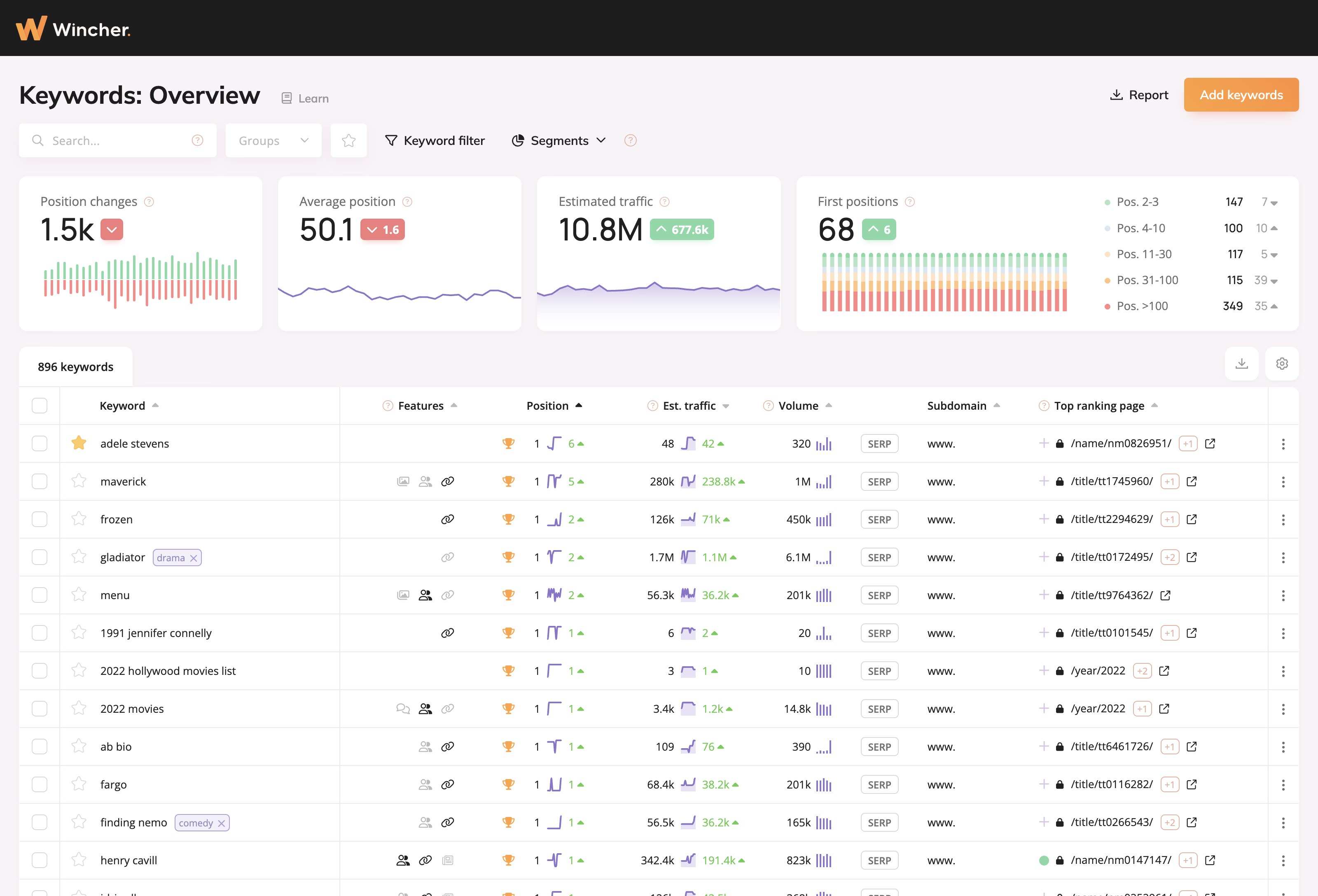
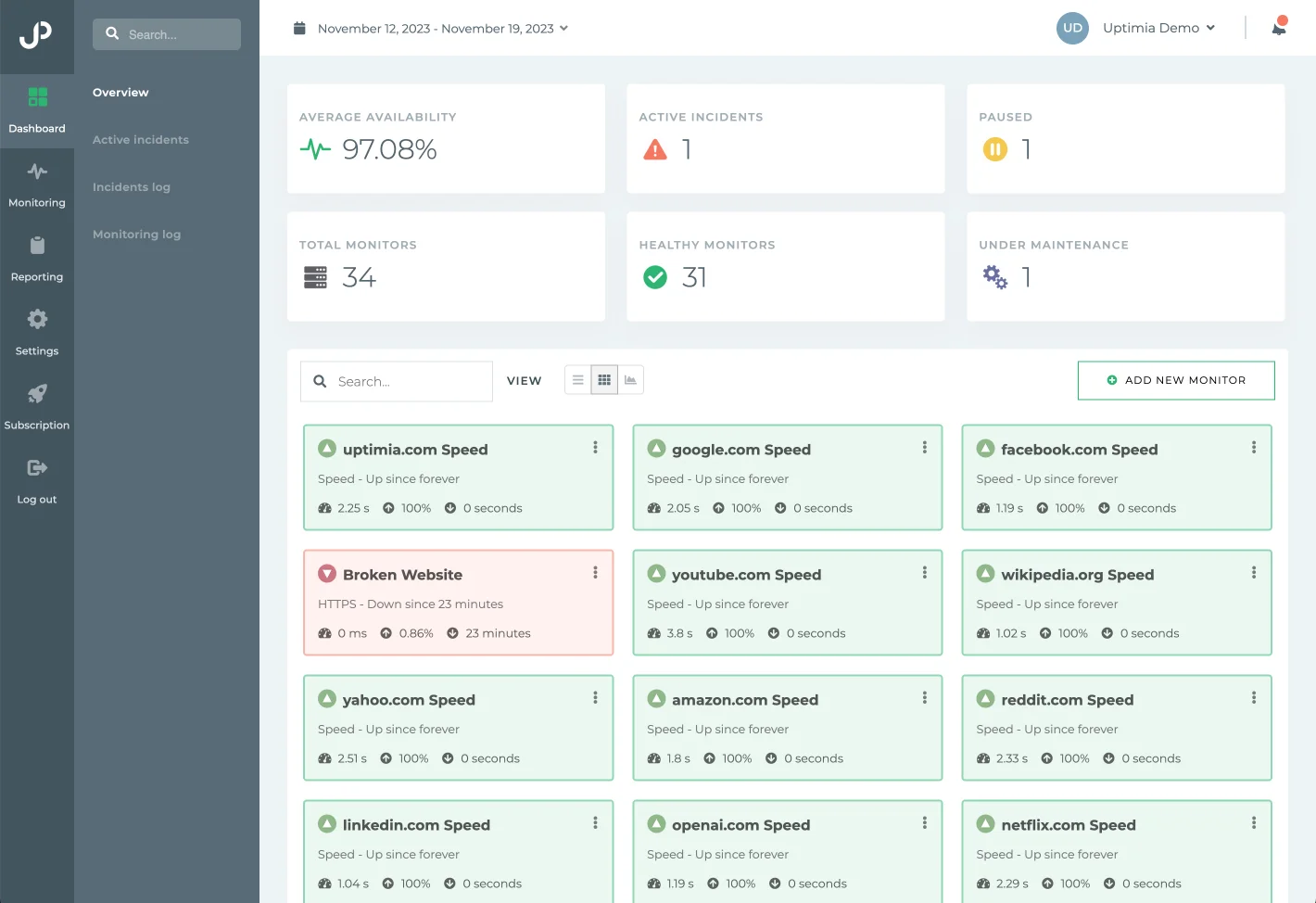

0 comments